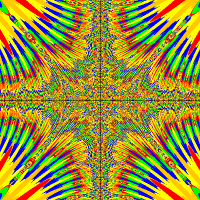Right as some of you may know I've been working on a Snake game for a while. If i wanted the Snake to say explode when it hits a wall would i just change the image under canMove as can move determines whether of not the Snake has hit an obstacle. Also at the moment my Snake uses up, down, left, right. Could i change this so that if you hold right the Snake turns and rotates clockwise and vice versa? Also do any of you have any good ideas for improvements? You can find the scenario here Thanks everyone :)




